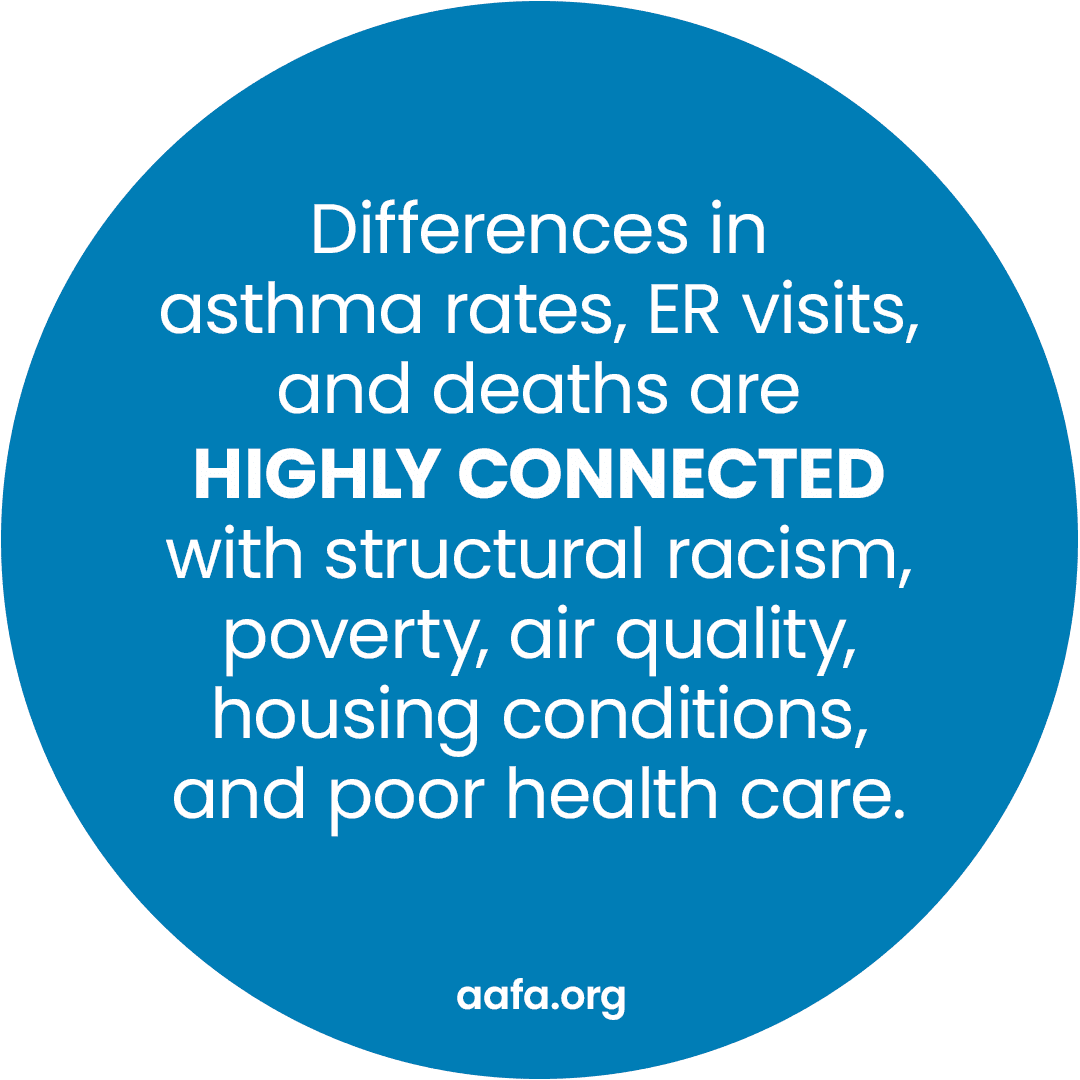
The number of school absences due to asthma among children decreased by 2 million between 2003 and 2008 but increased by 3.4 million between 2008 and 2013. Asthma is the primary chronic illness among children and causes almost 14 million absences every year. Research indicates that multiple factors contribute to this significant increase.
The Cleaveland Clinic reports that allergen exposures and inadequate exposure to childhood diseases are responsible for their undeveloped immune systems. Dust, air pollution, and secondhand smoke are the primary allergens that cause children to develop asthma. Unfortunately, there is no known way to prevent asthma, but there are actions that parents/caregivers can take to mitigate the risks of a child getting asthma. Keeping homes mold-free and damp-free, steering clear of air pollution, and helping children attain and stay at a healthy weight are some steps to take to lower the risks.
While understanding the risk factors for asthma is crucial, knowing how to manage the disease effectively is equally important. The Asthma & Allergy Foundation of America (AAFA) advises parents of children with asthma and others living with this chronic condition to not only avoid triggers but also take prescribed medications to prevent symptoms and be prepared for an asthma attack. This proactive approach to managing asthma is key to ensuring the child's health and well-being.
The American Lung Association (ALA, 2024) encourages parents to have their child’s school take the Asthma-friendly Challenge. The Asthma-friendly Challenge assesses whether the school:
Ø obtains and files their students’ asthma management plans,
Ø communicates its self-carry medication plan,
Ø educates its staff on asthma management,
Ø maintains a tobacco-free campus, and
Ø allows students to engage in gym class when asthma is controlled.
If the school is not taking a comprehensive approach to becoming asthma-friendly, it is important to persuade them to do so. Information about the Asthma-Friendly School Initiative is available on the ALA website. (Click the sentence to access).
Local governments and communities-at-large play a vital role in addressing the significant disparities in asthma health among underserved populations. The rates of asthma-related visits to the ER and deaths are highly connected with structural racism, poverty, air quality, housing conditions, and poor healthcare. A report released by the Asthma and Allergy Foundation of America (AAFA) in 2020 titled "AAFA Rolls Out National Roadmap to Address Serious Asthma Disparities Impacting Black and Hispanic Americans" shows that African and Hispanic Americans have the highest mortality rates among those with asthma (AAFA, 2020).[i] Latinos of Puerto Rican heritage have the highest rates of asthma.
The roadmap aims to bring policy and program changes to address the alarming prevalence of asthma among these two racial populations and eradicate the systemic issues that exacerbate the avoidable differences. The disparities can be attributed to political apathy and insufficient funding. It makes sense that all the resources are equally distributed among all American populations regardless of race and ethnicity.
The AAFA considers the roadmap as a potential solution to address the systemic problems in the political and healthcare system, intending to improve asthma care for all Americans. The roadmap has a particular focus on those who lack adequate treatment, specifically African Americans, Hispanic Americans, and American Indian/Alaska Native people, who are the most adversely affected by this disease.
It would be interesting to know the progress made in the past 23 years towards reducing the prevalence of asthma and mortality rates among affected groups as per the roadmap's plan.
Operation Xcel is committed to providing a comprehensive approach to the programs we offer to underserved and at-risk students in Guilford County. The majority of our students come from African American and Hispanic-American communities. We are deeply invested in the well-being of all our students, and we strive for equality in the programs and care we provide, especially for those who lack resources. As a community, we believe targeted interventions, scientific research, and effective policies can improve asthma outcomes and promote health equity.
[i] Asthma and Allergy Foundation of America. AAFA rolls out national roadmap to address serious asthma disparities impacting black and Hispanic Americans. (2020, September). Retrieved May 7, 2024, from https://aafa.org/asthma-allergy-research/our-research/asthma-disparities-burden-on-minorities/

